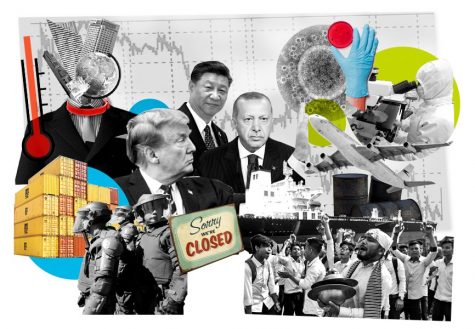Vaccine Distribution Plans
With the increasing approval of COVID-19 vaccines, the world is preparing for widespread distribution. Locally, we can see healthcare workers, first responders, and those with serious health conditions beginning to be vaccinated. How will the long term distribution look, and how is it being tackled across the globe?
Vaccine developers estimate that, by the end of 2021, they can produce vaccine doses for over one-third of the world’s population. However, estimates from Duke Global Health Innovation Center in Durham, North Carolina report that people in low-income countries may have to wait until 2023 or even 2024 to receive the vaccine.
According to Rasmus Bech Hansen, chief executive of Airfinity, a life-sciences market analytics firm in London, manufacturers have begun to cut back their estimates for short-term production over time. AstraZeneca, Pfizer, and Moderna, the makers of the three vaccines closest to widespread distribution, estimate a production capacity of 5.3 billion doses by the end of 2021, having the potential to cover between 2.6 billion and 3.1 billion, most of which is already spoken for. The 27 states of the European Union, as well as five other rich countries, have preordered around half of the capacity while accounting for only 13% of the world’s population. This has occurred because countries with enough wealth began to place bets on a number of vaccine manufacturers early on into the pandemic.
Location of manufacturers has also allowed some countries to order more vaccines. For example, India has secured over 2 billion doses, partly enabled by their access to Serum Institute of India in Pune, the world’s largest vaccine maker.
Canada is the leader in vaccine per capita, with 9 doses per person. Andrea Taylor at Duke argues that “Canada has done exactly what we would expect a high-income country to do, and they’ve done the right thing by their country.” However, this means that the vaccine will not be distributed evenly. “Now that we are seeing really good results, everyone is feeling more optimistic. They are starting to make deals,” says Taylor. “But it’s quite a scary picture at the minute, because so many countries are missing.”





















